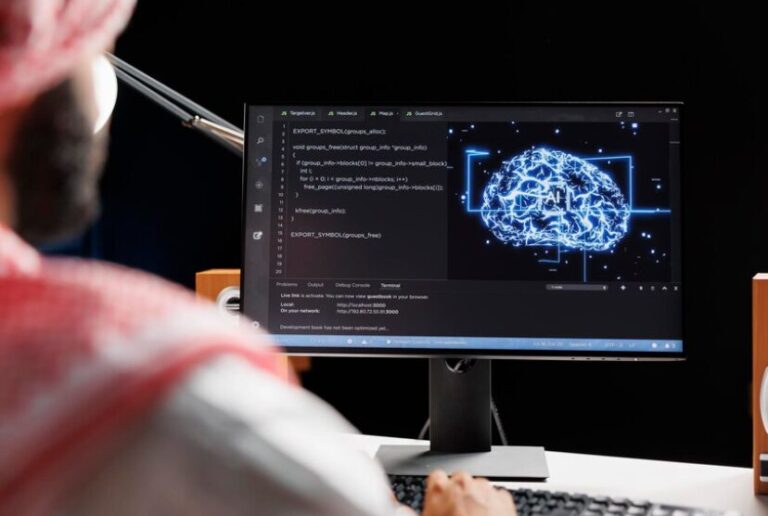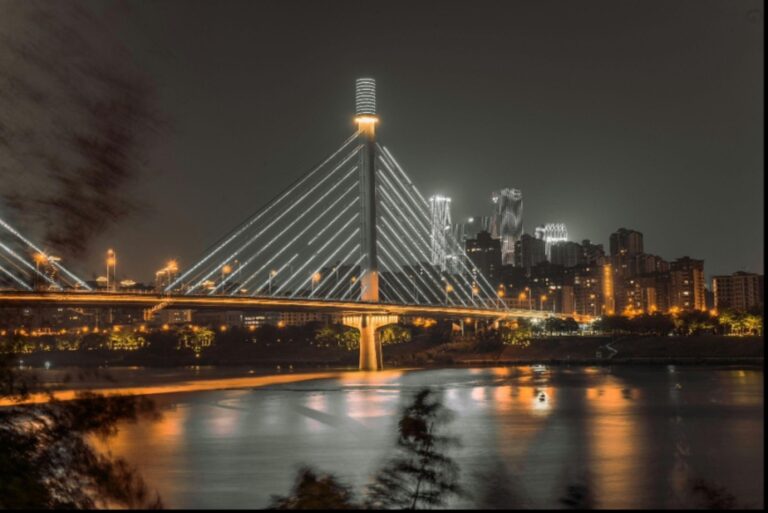Technology To Revolutionize Traffic Management Systems
As urban populations and vehicle ownership continue to rise, congestion on city streets has become a mounting problem. Long commute times due to traffic jams waste both time and resources while also negatively impacting the environment and public health. To better manage traffic in this new reality, municipalities worldwide are incorporating innovative technological solutions.
Networks of smart sensors now unobtrusively collect real-time traffic data to analyze flows and pinpoint bottlenecks. Meanwhile, advanced data analytics optimize light sequencing and vehicle routing to ease congestion. Through approaches like these, technology aims to revolutionize traffic management and deliver relief to commuters stuck in increasingly busy urban traffic. Also get some idea about traffic violations Qatar MOI.
Smart Traffic Lights
For decades, traffic lights have defaulted to rigid timing plans regardless of actual traffic volumes. But static schedules leave room for inefficiency when conditions fluctuate. Emerging smart signal technologies aim to bring greater fluidity to intersections. By integrating sensors into traffic lights and linking them to centralized control hubs, traffic managers gain real-time visibility into congestion patterns. This connectivity then allows signals to adapt timings seamlessly based on current demands.
As vehicles approach, signal durations lengthen or shorten to optimize throughput. The result for drivers is less time idling and swifter progress along their routes. By making intersections responsive rather than reactive, smart traffic lights work to maintain smoother traffic flow even as conditions change minute by minute. Such innovations help reduce congestion in increasingly busy urban traffic scenarios.
Intelligent Transportation Systems
Managing modern transportation networks is an immense challenge that grows more complex daily. A new generation of technologies collectively known as Intelligent Transportation Systems aims to bring greater intelligence to this task. At the core of these systems are layered networks of sensors and cameras that amass troves of real-time data on road conditions, traffic flows, and incidents across sprawling infrastructure.
Sophisticated analytical tools then process these evolving datasets, utilizing predictive algorithms, to uncover trends and forecasts. Armed with these deeper insights, transportation authorities can make smarter, more strategic decisions. Options like dynamic route guidance, quick emergency response, and congestion-based tolling are leveraged to maximize efficiency, sustainability, and safety on a region’s transportation lifelines. Also get information related to Qatar id check.
Traffic Monitoring and Analytics
As congestion pressures intensify in many urban areas, new methods of traffic data collection and analysis have become indispensable for transportation authorities. High-powered cameras, aerial drones, and satellites now deliver a wealth of real-time and historical traffic information. But simply amassing raw footage and images is just the beginning. Through state-of-the-art algorithms and analytics tools, deep insights can be gleaned from these vast datasets. Traffic speed and density patterns across entire road networks over time come into sharp focus. Key congestion triggers such as peak commuting periods or hazardous locations are easily identifiable. With a more comprehensive view of underlying traffic dynamics, agencies can pinpoint and swiftly address inefficiencies.
Strategic plans for demand management and improved signal timing rely on such traffic intelligence gained through advanced monitoring technologies. Data-driven insights prove ever more crucial for optimizing transportation systems under growing pressure.







